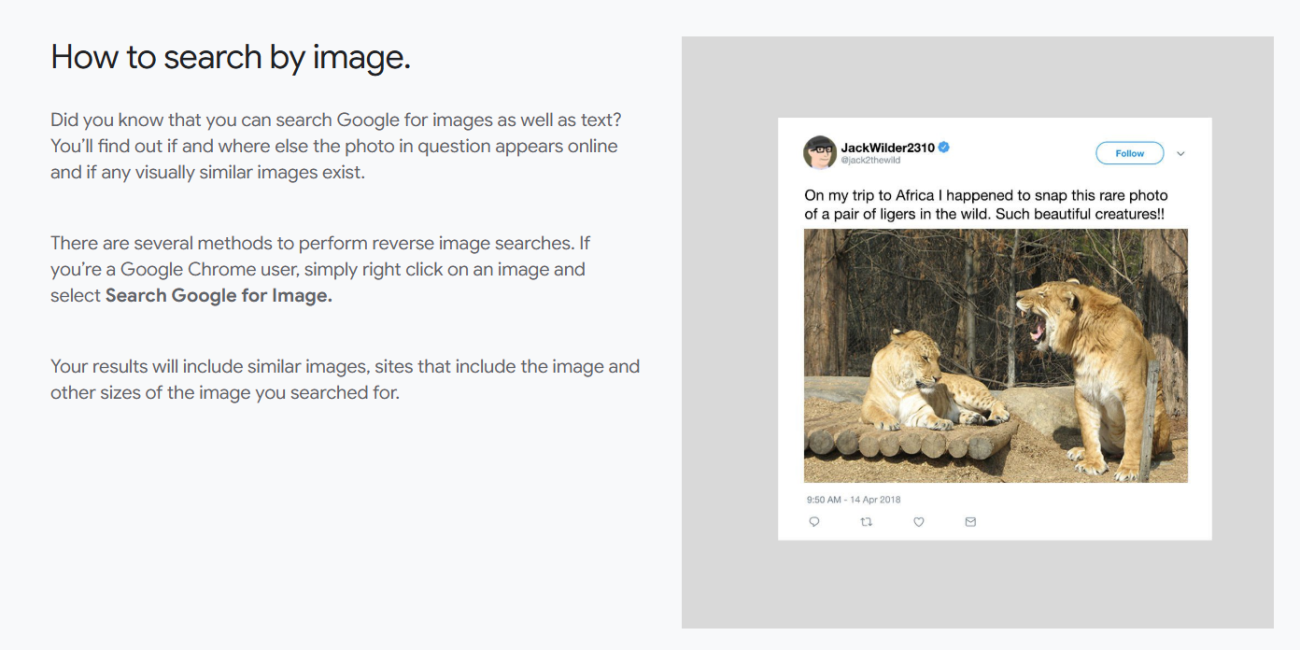Staying Credible: The Importance of Editing and Fact-Checking

When anyone can claim anything online, misinformation creeps up on even the best of us. So, to stay credible, editing and fact-checking should be a top priority for writers and editors. The spread of misinformation has become increasingly more common due to the influence of social media and AI. It puts content credibility at great risk, even when you don’t realise it.
To combat this rising issue, it’s the job of everyone involved in creating and distributing content to prioritise thorough editing and fact-checking. Whether you’re a website content creator, blog writer, business owner, journalist, or copy editor, this one’s for you.
Table of Contents
Misinformation on the Rise
The liberties that the internet affords us have threatened credibility for years, and the situation only seems to be escalating as social media leader Meta has announced that it will discontinue using third-party fact-checkers on Instagram and Facebook in the United States. In other words, there will be no moderators in place to flag and reject misinformation being shared on these social media platforms.
Additionally, sharing AI-generated content only amplifies the amount of false information released into the digital world daily. Errors will inevitably appear in AI content. After all, it’s trained on data from the internet – which is already riddled with inaccuracies. The problem comes when content creators don’t fact-check or edit mindfully. They press ‘post’ with the misguided confidence that what they’re saying is correct, and often it isn’t. Even if it’s a minor error, it contributes to many like it available online.
It becomes dangerous when the wrong thing is said enough times because, eventually, you’ll have readers who believe it and repeat it as truth.
The Role of Editors and Writers in Maintaining Credibility
There are two things that editors and writers should push for to produce well-presented work: readability and reliability. Readability is an obvious one, but it’s also the editor’s or writer’s (depending on your setup) responsibility to follow a fine-tuned fact-checking process. This process must ensure (as far as possible) that what they present to the world is factual and verifiable. You never want false information slipping through the cracks, because even the tiniest error can harm your reputation.
The Consequences of Poor Fact-Checking
The Belle Gibson case – a serious example of the consequences of not fact-checking in the publishing industry. Newly released by Netflix, Apple Cider Vinegar dramatises Belle Gibson’s story. Gibson published a cookbook called The Whole Pantry in 2014, filled with recipes she had created to improve her diet and help beat her terminal brain cancer. Except, she never had brain cancer, and her editor only found that out when the rest of the world did, which was too late.
Needless to say, this is a brutal knock to the credibility of a publisher like Penguin and the book had to be pulled from publication. Not only is the book’s narrative a lie, but it also puts readers at risk of following unscientific medical advice. While it’s a worst-case scenario, it’s a prime example of the risks of not fact-checking and how they can be detrimental to editors and writers, potentially even ruining a career.
AI-Generated Content: Why Editing and Fact-Checking Are Essential
If used correctly, AI platforms are valuable tools for writers and editors. They can help organise ideas or plan schedules, generate topics for articles, or count the number of times you mention a certain idea in one article. However, AI-generated content isn’t a failsafe. ChatGPT says it straight: “ChatGPT can make mistakes. Check important info.” These tools might be useful, but they get things wrong. They do it so convincingly that it could fool you, too, if you’re not careful. It’s happened so often, there’s a name for it: AI hallucinations. AI makes statements with such confidence and detail that they appear real but are fundamentally inaccurate.
As always, let’s turn to an example. You’re writing a blog post on female empowerment in the architecture industry and you’re looking for ideas from South Africa. You type something like:

ChatGPT responds with a list of female architects who are meant to be South African. However, sneakily hiding in the middle of the list:

While Lesley Lokko is an incredible African female architect, she is not South African and ChatGPT still included her on the list. (Notice the mention of where the information was found – Wikipedia – which is never a reliable source to begin with.) It might be a simple example, but if you’re not fact-checking everything AI claims, you’re putting yourself at unnecessary risk of letting misinformation slide through.
Best Practices for Editing AI-Generated Content
Cross-checking AI-generated content might be an extra step in an already detailed process, but it steers you in the right direction and helps you avoid changing course entirely further down the line. Make sure you use reliable sources to cross-check information (i.e. primary sources). AI can also be biased, so keep an eye out for anything that appears as opinion rather than fact. In addition to checking content against factual standards, assess it against ethical standards. The last thing you want is to get your facts wrong and have it appear intentional or nonchalant.
Practical Steps for Effective Editing and Fact-Checking
Is it possible to double-check everything? Yes. While daunting, fact-checking is achievable (and necessary). With ample online tools and the right mindset, editors and writers can take practical steps to verify that what they’re putting forward in their work is true.
1. Cross-Check Sources
You’re reading a blog post that makes an incredible statement. It even uses fancy stats to back itself up. And it has a reference list at the bottom. Legit, yes? You decide to read the source material because the topic intrigues you, and you’re settling in to fall down the rabbit hole. But to your dismay, you find the stats are quoted out of context and actually have very little to do with the blog’s topic. The writer just used the information to falsely bolster their argument, instead of presenting a transparent blog.
So, while information is formatted to look authoritative, you must still cross-check the sources. All that glitters is not gold, indeed.
2. Recognise Unreliable Information
Spotting unreliable information also takes a research approach. Imagine you’re writing a blog post on the benefits of a cortisol detox diet. You have to thoroughly research the topic and make sure what you say is factually correct and verifiable. The best way to recognise unreliable information during this kind of process is to use primary sources (in this case, medical journals and articles by healthcare professionals) rather than secondary sources (other blogs or stores trying to sell products). If you do use secondary sources and you’re not an expert on the topic, cross-check them before taking their word as fact.
3. Use Fact-Checking Tools
The good news is that you don’t have to fact-check everything on your own. There are multiple online tools available to help you.
- Google Fact Check Explorer is a great search engine to check widespread information.
-
- Media Bias/Fact Check is a browser extension that works well for verifying the validity of current affairs news.
-
- Full Fact is an automated tool that’s ideal for confirming information shared on social media.
There are many more options, so find the tool that suits your area of writing or editing best and use it often. Even images can be fact-checked. The Google News Initiative is a platform that helps fight the spread of misinformation online, and one of its functions is reverse image searching. Images often come from unreliable sources or may have been edited to reflect something untrue. With a reverse image search, you can check the credibility of the image you want to use by finding the sites where the image appears elsewhere.

4. Maintain Ethical Standards
In the world of writing and editing, deadlines are tight and turnaround times short. However, no deadline is worth risking the spread of misinformation. The best approach is prioritising accuracy over speed, as this will save you time and trouble in the long run. Especially important is that you don’t use sensationalised content and clickbait to inform your writing or editing, as they’re often full of false or fancified information.
5. Develop a Fact-Checking Mindset
Staying credible comes down to operating with a fact-checking mindset. It’s an additional editing skill set you have to learn to consistently approach what you write or edit with efficiency and mindfulness, but it’s well worth it. When writing, don’t wait to get to the final version of the text to fact check. By developing a habit of questioning sources and verifying information before you add it to your work, you’ll already be one step ahead.
The Bigger Picture: Why Editing and Fact-Checking Processes Matter
To be a successful writer or editor, this is one area of the trade you must master. You need to consistently look at your work from a broader perspective and ask yourself: What are the consequences of my work being factually incorrect and potentially spreading misinformation?
The Long-Term Impact on Credibility and Reputation
Being trusted by your readers and clients is essential for success. Your work must be consistently accurate and reliable to achieve this, but building a credible reputation will solidify your place in the industry and help your career flourish. It will bring in more business and ensure you retain your clients and readers far into the future.
Why Businesses and Brands Need Reliable Content
If a company doesn’t produce trustworthy content, it won’t bring in business and can cause them to lose existing clients. It’s as simple as that. Businesses and brands also risk facing serious legal consequences if their content isn’t factually accurate. With the alternative being the failure of their business, editing and fact-checking everything they share is non-negotiable.
Editors as the Gatekeepers of Reliable Information
As editors and writers, it’s part of our job to ensure fact-checking is carried out thoroughly and we maintain the integrity of our work. If we’re not doing that, then we’re not succeeding in our roles, so prioritise this area of the editing and writing process. Don’t leave it up to a proofreader to find any inaccuracies. Instead, take responsibility and have integrity about the importance of sharing accurate information for yourself and your clients.
Putting Facts First with Editing and Fact-Checking
It might be more common than ever before to see misinformation spreading daily, but your work doesn’t need to fall prey to it. By valuing trust, credibility, and responsibility, editing and fact-checking will prove to be invaluable tools to avoid producing and sharing factually incorrect content. Regardless of the type of content or genre of writing, put facts first, and you’ll build a sterling reputation of credibility and trustworthiness.

Blue Leaf Team
The Blue Leaf Editing team has over 15 years of combined editing, publishing, and book industry experience. We’re passionate about content and storytelling, and sharing our knowledge with others.
info@blueleafediting.com